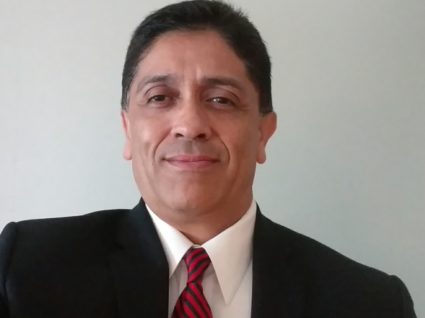Security in PACs: A Different Paradigm (Part 2 of 3)
Over three weeks we’re examining security in performing arts centers from different angles: operations, planning and training. Last week we focused on the AT&T Performing Arts Center in Dallas. This week we consider planning from the perspectives of a theatre consultant and a security expert.
“I think stadiums, arenas and other large concert or sporting venues are addressing security very well, in every manner they can,” explains Jack Hagler, ASTC, a partner in Schuler Shook’s Dallas office. Schuler Shook’s core practices are theatre planning and architectural lighting design.
Common security measures at stadiums and arenas include keeping vehicular traffic away from pedestrian areas, proactively searching for bombs or other weapons – either in vehicles or on people – and even employing metal detectors to screen audience members upon entry.
But why aren’t many PACs employing such measures? Hagler believes the paradigm is different. A popular music concert or sporting event in an arena typically attracts a younger audience; those events have an unfiltered, high-energy feel.
“Performing arts facilities attract a different crowd – even with popular music or a Broadway show,” explains Hagler. “We expect a more formal, refined type of audience.”
He believes it’s difficult for a PAC operator to insist their well-dressed patrons, perhaps fresh from pre-show fine dining, pass through metal detectors and have their belongings searched.
Looking ahead, Hagler expects to see increased security awareness in PAC planning. When contacted recently, Hagler said it’s the sixth design trend he would add, building on the five already cited in his interesting 2015 article.
Realizing Possibilities
“Many in the U.S. haven’t yet realized the possibility of terrorism impacting a performing arts center,” contends Hagler. For example, while patron bag searches are discussed, such policies vary widely, both by specific venue and type of entertainment.
He hopes the U.S. never witnesses large-scale attacks like happened in Paris and Moscow in 2015 and 2002, respectively. At the Bataclan theatre massacre in November 2015, 90 audience members at a heavy metal band concert were killed by terrorists.
In the Moscow incident 13 years earlier, Chechen rebels took more than 700 opera patrons hostage in the Dubrovka Theater for over two days, demanding Chechnya’s independence. By the time Russian special forces ended the siege, most of the rebels and 120 hostages had been killed, many by the effects of an unidentified narcotic gas pumped into the building to subdue the attackers.
While it’s impossible to eliminate all risks, proper planning in a PAC’s design stage can help mitigate these dangers.
Secret Playbook
“Performing arts centers being designed today must consider not only the guest-service experience, but how their facility’s design enhances safety and security,” explains Mark Herrera, Director of Education with the IAVM. A former S.W.A.T. leader and Department of Homeland Security advisor, he leads the association’s education and outreach efforts.
Just because the public is unaware of security plans and design features at PACs doesn’t necessarily mean those plans and features don’t exist. One important element is known as Crime Prevention through Environmental Design.
“We never want to give the threat our playbook,” notes Herrera. He advises architects and facility planners to design structures with crime prevention in mind and to create environments that positively impact human behavior.
One key design factor is natural access control points for patrons to enter and exit the facility, without it resembling a foreboding structure like Fort Knox. Herrera says that even buildings constructed 15 or 20 years ago can take retrofit steps through environmental design, such as adding decorative planters or benches that enhance aesthetics while also preventing a vehicle breach.
A second key design factor is natural surveillance opportunities for staff and security personnel, including outside law enforcement. This ensures that large crowds can be easily monitored by staff, yet the same crowd is safely inside a perimeter and shielded from potentially harmful surveillance or dangerous violence.
Proper Preparation
More than any specific architectural feature, Herrera believes security in performing arts centers starts with education. “We’re being very proactive with these facilities to ensure they receive the best training and information on mitigating risks,” he says.
Herrera has been asked if it’s possible to over-train on security, which might send a message that a facility has problems or issues that need attention. He strongly disagrees.
“When you train your personnel, you’re programming the subconscious part of the mind to make the unknown familiar – like storing information in a database, always available for recall,” explains Herrera.
When the mind is conditioned to notice unusual activity and given a plan of action, the proper response objective is carried out instinctively and without hesitation.
He also compares the repetition of training to shaking someone else’s hand. “You don’t have to aim or guide your hand, or even think about it – you just shake it like you’ve done thousands of times before,” Herrera adds. “Training needs to be like this, both instinctive and automatic.”
Herrera considers training like an “environmental inoculation” – analogous to a flu shot providing immunity to influenza. He concludes, “Training gives small doses of the ‘disease’ that helps strengthen immunity against various adverse conditions.”
Part 1: Security in PACs: Showing Strength
Part 3: Security in PACs: Empowering All Personnel





Leave a Reply